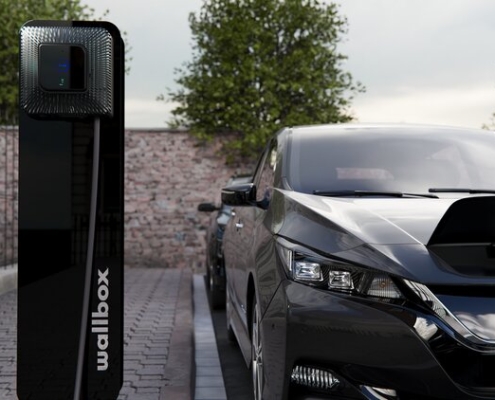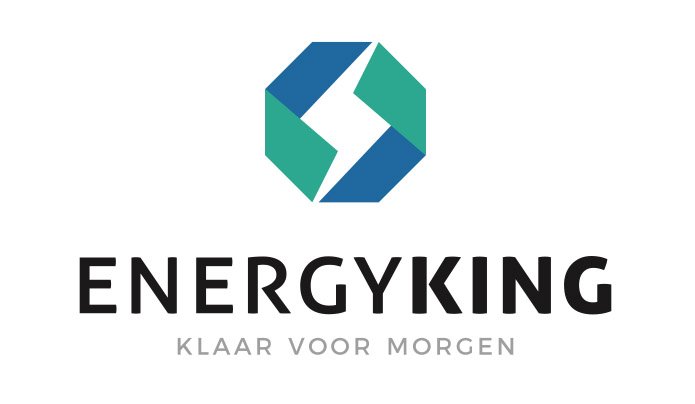Electric vehicle (EV) charging technology has advanced to the point where a vehicle's battery can be used in an alternative way using a bi-directional charger. EVs with bi-directional charging capability can be used to power a home, feed energy back into the grid and even provide backup power in the event of a power outage or emergency.
What is a two-way charger?
A two-way charger is an advanced EV charger capable of charging and discharging energy from an electric vehicle's battery. This may sound relatively simple, but it is a complex process that requires an inverter from direct current to alternating current, unlike a regular EV charger that charges with alternating current.
Unlike standard EV chargers, which charge with alternating current (AC), bi-directional chargers work like an inverter and convert AC to direct current (DC). However, they can only work with compatible vehicles that can charge with two-way direct current. Bidirectional chargers are much more sophisticated and therefore much more expensive than regular EV chargers because they incorporate sophisticated electronics to manage the flow of energy to and from the vehicle.
What are the applications of bidirectional charging?
Bidirectional chargers can be used for two different applications. The first and most discussed is Vehicle-to-grid or V2G, designed to send or export energy to the power grid when demand is high. When thousands of vehicles with V2G technology are connected and turned on, it has the potential to change the way electricity is stored and generated. EVs have very large, powerful batteries so the combined power of many vehicles is enormous.
Vehicle-to-grid or V2G - exports energy to support the power grid.
Vehicle-to-home or V2H - energy is used to power a home or business.
The second use of a two-way charger is for Vehicle-to-home or V2H. As the name suggests, V2H allows an EV to be used like a home battery to store excess solar energy and power your home. The average home battery in our country has a capacity between 10 and 14 kWh, while an average EV has a capacity of 65 kWh, equivalent to almost five home batteries. Because of the large battery capacity, a fully charged EV can power an average home for several days.
Vehicle-to-grid / V2G
With Vehicle-to-grid, some of the energy from the EV battery is discharged and exported to the grid when demand is high. Only a handful of EVs currently have V2G and bi-directional DC charging capability; these include the later model Nissan Leaf, the Hyundai Iqonic 5 and the Kia EV6.
Part of the problem in rolling out V2G technology are the regulatory challenges and lack of a standard bidirectional EV charging protocol. Currently, bidirectional chargers can only work with specific EVs. For example, some electric vehicle manufacturers, such as Ford, have developed a bidirectional charger that works only with Ford EVs. Others, such as Nissan, use universal two-way chargers such as the Wallbox Quasar.
Today, most EVs are equipped with the standard CCS DC charging port. The only EV that uses a CCS port for bi-directional charging is the soon-to-be-released Ford F-150 Lightning EV. In the near future, however, more EVs with standard CCS connection ports will be available with V2H and V2G capabilities, and VW has announced that all of their electric cars will be able to charge bidirectionally by the end of 2022.
Vehicle-to-load / V2L
Vehicle-to-load or V2L technology is much simpler because it does not require a two-way charger to operate. Vehicles with V2L have a built-in inverter from direct current to alternating current and standard plug-in outlets that can be used to connect common household appliances. In an emergency, extension cords can be run from the vehicle to the house to power essential consumers such as lights, computers, refrigerators and even cooking appliances.
What is the difference between bi-directional charging and smart charging?
Smart charging refers to any form of EV charging (uni- or bidirectional) where the charging time and speed can be controlled by a "smart" device, rather than by a manual on/off switch. This is done through data connections between the EV and the charger. Consider, for example, smart EV charging apps that allow you to use your smartphone to control how long your EV is charged. With smart charging, cars can be plugged into a wall outlet, but don't have to actually charge all the time. Instead, individual EV owners or power companies can decide when it is most efficient to charge in terms of demand and cost, depending on the country and power operator.




 Energyking
Energyking